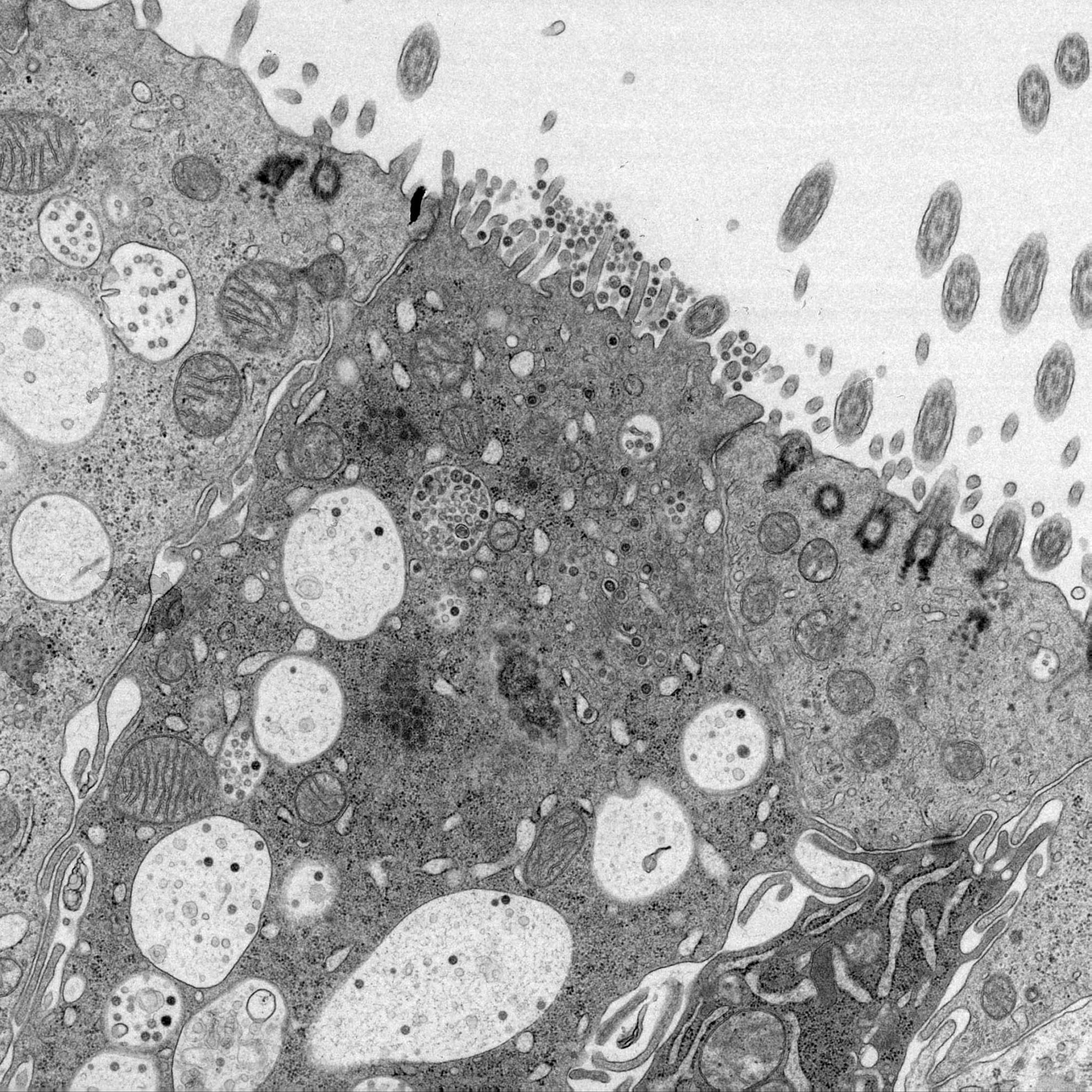Comparing the efficacy of formaldehyde with hydrogen peroxide fumigation on infectious bronchitis virus
Background: The recent reclassification of formaldehyde as a presumed carcinogen prompted the investigation into the comparative efficacy of hydrogen peroxide as a fumigant in microbiological safety cabinets.
Introduction: The aim of the study was to quantify the biocidal efficacy of formaldehyde fumigation, including variables such as exposure time and concentration, and then to compare this to the biocidal efficacy achieved from a hydrogen peroxide vapor fumigation system. The study also investigated the ability of both fumigants to permeate the microbiological safety cabinet (MBSC), including the workspace, under the work tray, and after the HEPA filters. Furthermore, the effect of organic soiling on efficacy was also assessed. Infectious bronchitis virus (IBV) was used as the biological target to develop this study model.
Methods: A model using IBV was developed to determine the efficacy of formaldehyde and hydrogen peroxide as fumigants. Virus was dried on stainless steel discs, and variables including concentration, time, protein soiling, and location within an MBSC were assessed.
Results: It was demonstrated that formaldehyde fumigation could achieve a 6-log reduction in the titer of the virus throughout the cabinet, and high protein soiling in the presentation did not affect efficacy. Appropriate cycle parameters for the hydrogen peroxide system were developed, and when challenged with IBV, it was shown that vaporized hydrogen peroxide could achieve an equal 6-log titer reduction as formaldehyde within the cabinet workspace and overcome the presence of soiling.
Conclusion: Hydrogen peroxide was demonstrated to be a viable alternative to formaldehyde under most situations tested. However, the hydrogen peroxide system did not achieve an equal titer reduction above the cabinet’s first HEPA filter using the cabinet workspace cycle, and further optimization of the hydrogen peroxide cycle parameters, including pulsing of the cabinet fans, may be required to achieve this.
